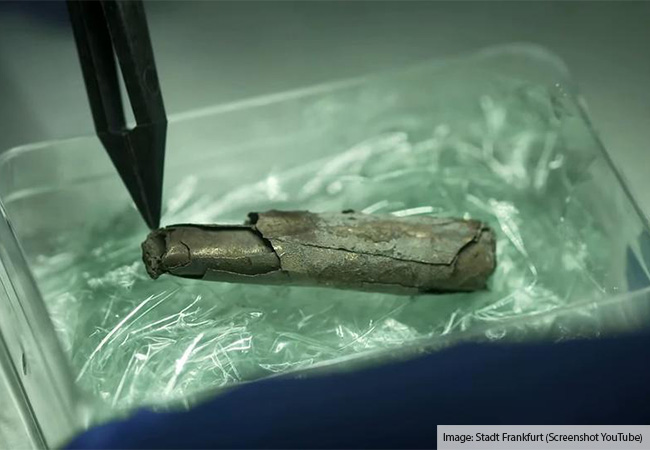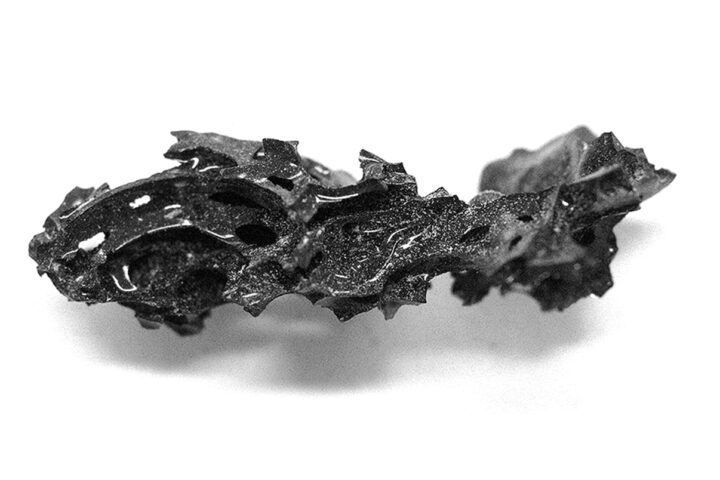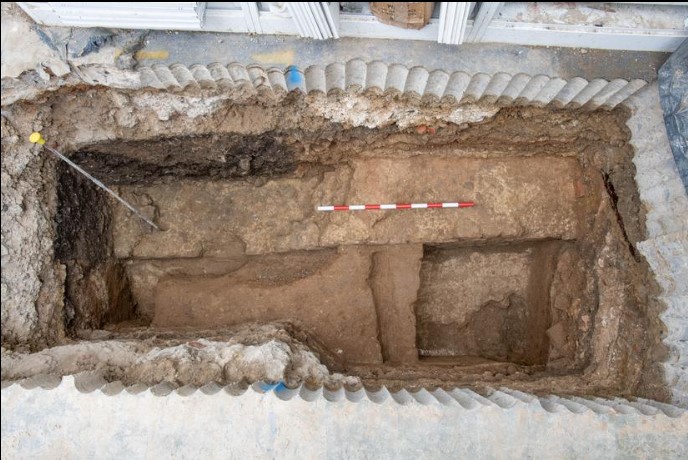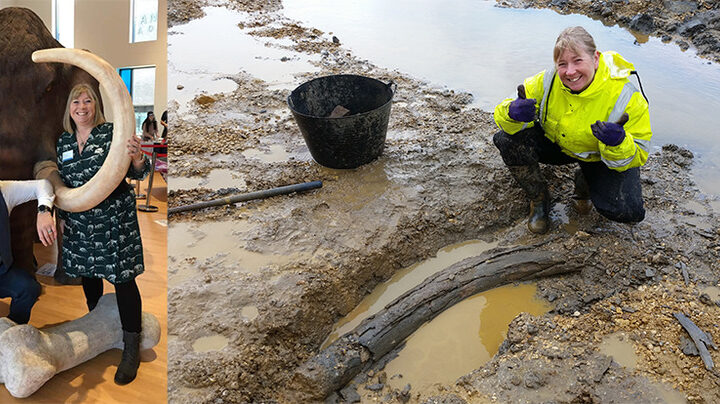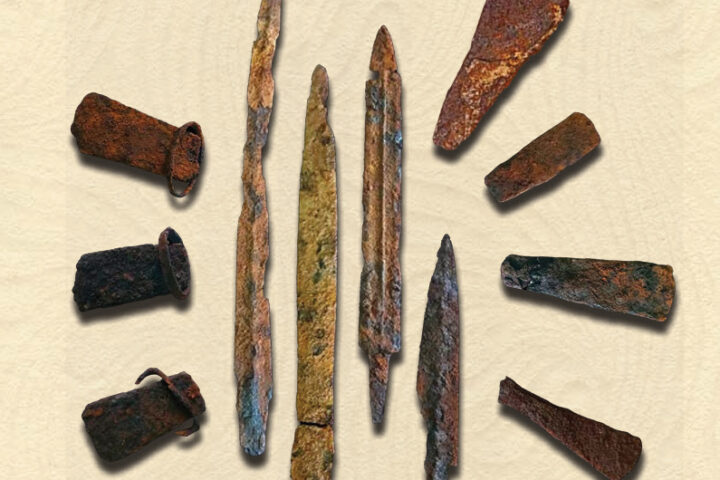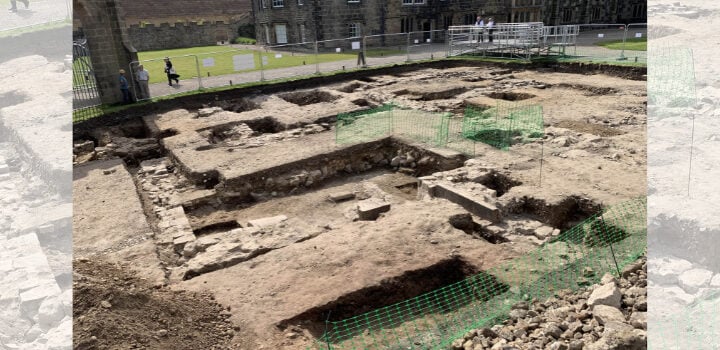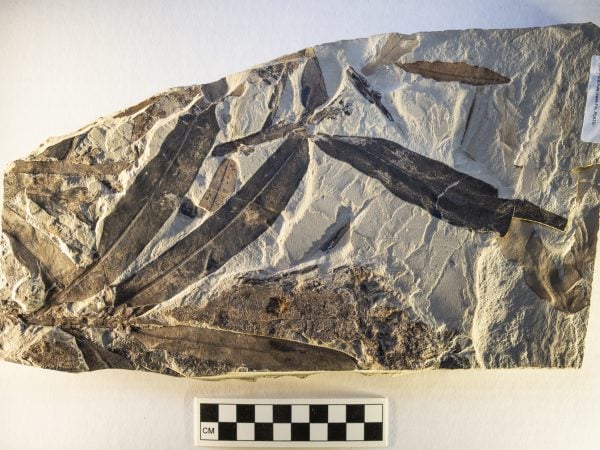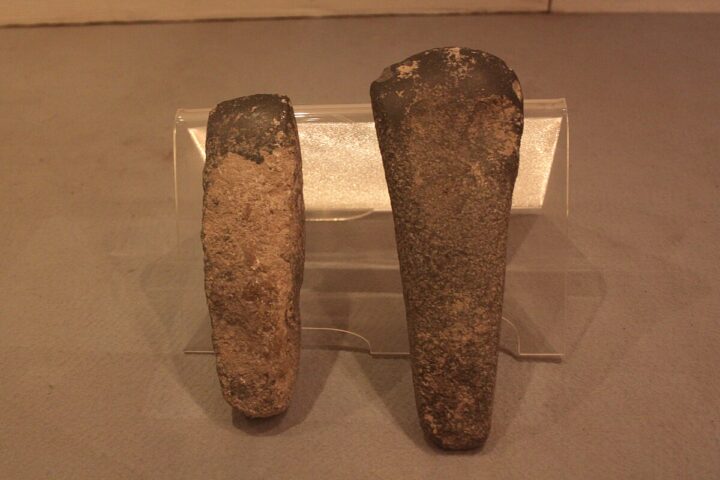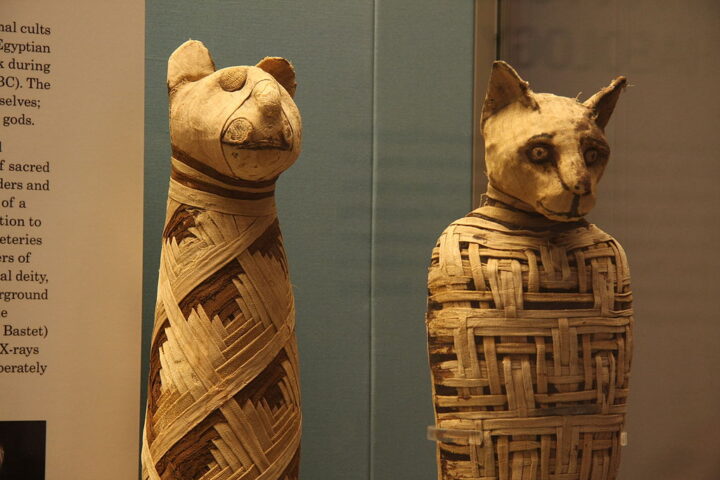A silver amulet discovered in a Roman-era grave in Frankfurt, Germany, has pushed back the timeline of Christianity’s presence north of the Alps by nearly 50 years. The artifact, dating between 230 and 270 A.D., contains an 18-line Latin inscription that experts have now fully deciphered using state-of-the-art computer tomography.
Discovery Details
The artifact emerged during a 2018 excavation at the ancient Roman city of Nida, now part of modern Frankfurt. Archaeologists found the silver scroll, now known as the “Frankfurt Silver Inscription,” beneath the chin of a male skeleton aged 35-45 years in grave 134 of a Roman cemetery.
“The ‘Frankfurt Inscription’ is a scientific sensation,” said Mike Josef, Frankfurt’s mayor. “The history of Christianity in Frankfurt and far beyond will have to be turned back by around 50 to 100 years.”
Technical Analysis
Researchers at the Leibniz Center for Archaeology (LEIZA) in Mainz employed state-of-the-art computer tomography to examine the delicate artifact. “The silver sheet was not only rolled but, after approximately 1,800 years, was also creased and compressed,” explained Dr. Ivan Calandra, laboratory manager at LEIZA. “Using the CT scanner, we created a high-resolution 3D model.”
The decryption process proved challenging. Professor Markus Scholz from Goethe University led the translation effort: “Sometimes it took weeks, even months, until I had the next idea. I called in experts from the history of theology, and we approached the text together bit by bit.”
Inscription Content
The Latin text begins: “In the name of Saint Titus, Holy, holy, holy! In the name of Jesus Christ, Son of God!” The inscription continues with references to Christian doctrine and includes a quote from Paul’s letter to the Philippians.
Unlike contemporary amulets, this artifact contains no references to Judaism or pagan beliefs. The purely Christian content makes it exceptional for its time period, when religious mixing was common practice.
More Stories
Historical Context
The discovery occurred in a period when Christianity remained forbidden in the Roman Empire. The owner risked severe persecution by wearing such an overtly Christian item during the third century A.D., when association with Christianity was dangerous and came with great personal risk.
Research Impact
In a translated statement, Ina Hartwig, Frankfurt’s head of culture and science, said: “This extraordinary find affects many areas of research and will keep science busy for a long time. This applies to archaeology as well as to religious studies, philology, and anthropology.”
Future Research Directions
The discovery raises questions about:
- Early Christian communities in Roman Germania
- Religious practices in frontier regions
- Development of Christian liturgical language
- Social status of early Christians in Roman cities
Archaeological teams continue examining the burial site, which contained an extensive Roman cemetery with multiple inhumation burials.
